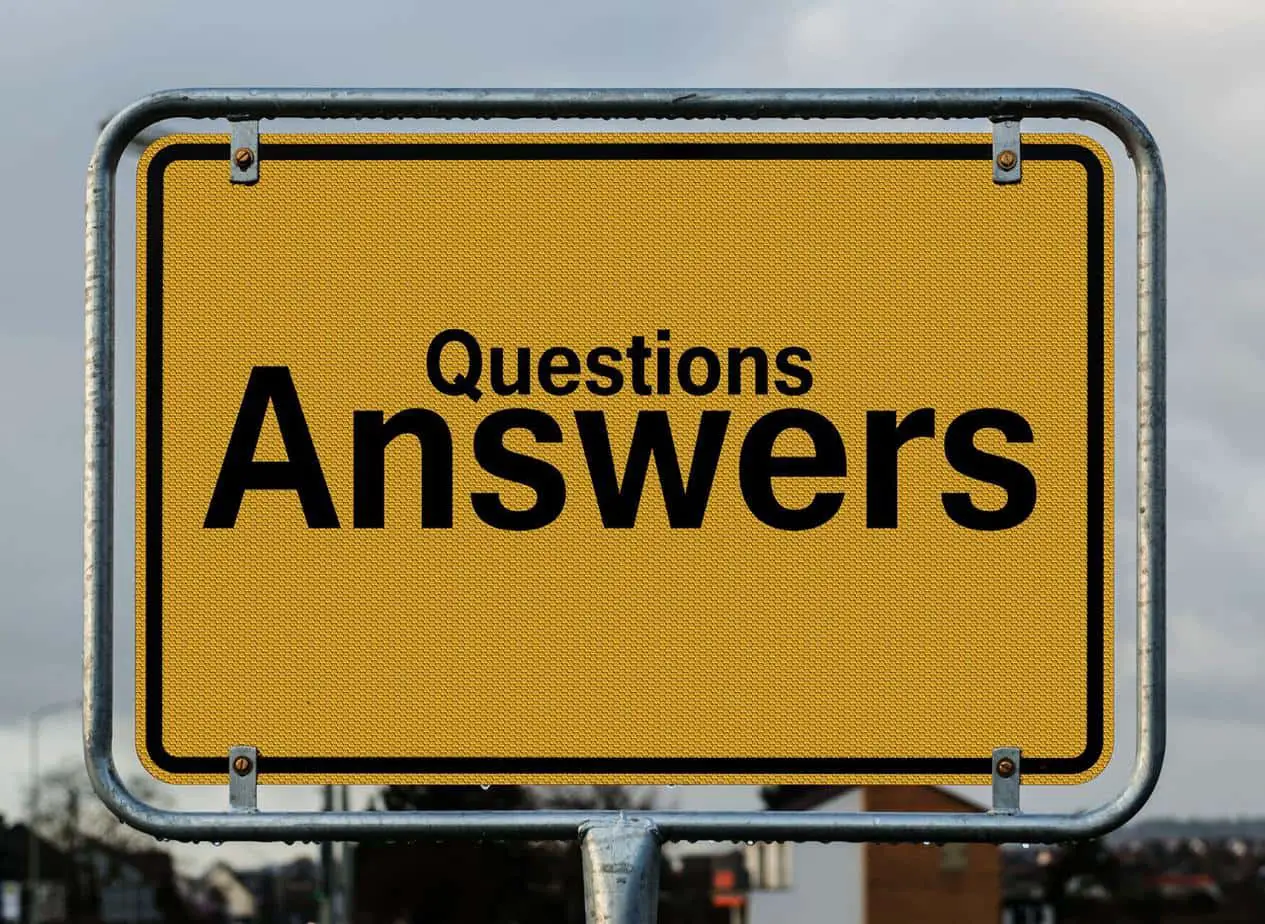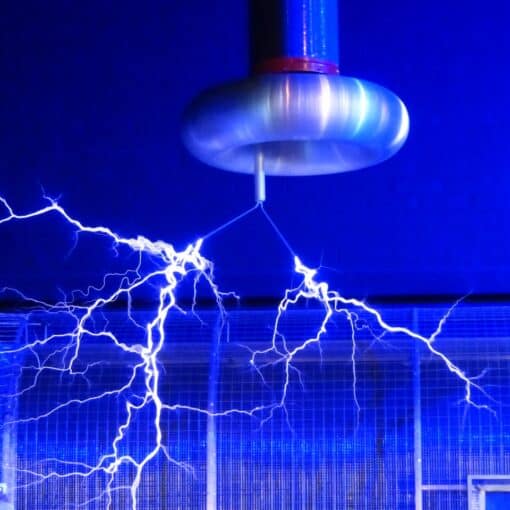In the world of radio communications, you might often hear talk of the call sign. But what exactly is a call sign and what does it mean to have one? If the 70’s novelty song ‘Convoy’ can be believed, a call sign could be something like “The Rubber Duck.” Well, as good as that sounds in a country’s singer’s voice, it’s quite striking that a proper call sign would be something so unprofessional, especially since as every operator is supposed to have a unique call sign – and that is the case. A call sign in amateur radio is a series of numbers and letters used to identify operators and stations. It is regulated by the International Telecommunications Union. The call sign is assigned to amateur radio operators after passing their license exam. However, this system does not just apply to the United States but only to countries under the branch of the ITU.
Call signs have a complicated setup and, while maintaining uniqueness, can be difficult for someone without a tech-savvy brain to get the hang of. Call signs are different from bands and frequencies, just upping the number of numbers that will float around in someone’s head. It is a reason why some have come to prefer CB radio. Being unlicensed, CB radio has no need for call signs and you would be free to make one up for yourself if you so desired, even something like The Rubber Duck. But if you like the idea of a unique call sign being assigned to you, and only you, that no one else has? Read on to find out more about call signs for amateur radio.
The International Telecommunication Union
Based in Geneva, Switzerland, the ITU is a subsidiary agency of the United Nations. Amateur radio and all other forms of radio communications are worldwide and the ITU controls and regulates the use of the radio spectrum. Though it originally went under a different name, the agency has been running uninterrupted since 1865. Only a few countries in the world are not involved with the ITU, such as Palestine and Palau. With 193 members, the ITU ensures that no two broadcasters on the air have the same call sign.
Call Sign Rules
There is a format to the way call signs are put together. Each is made up of three pieces: a prefix, a middle numeral, and a suffix. Prefixes can be letters or numbers up to three and are assigned to certain ranges within the ITU. The United States is so large and has so amateur radio operators that the ITU has assigned the entire range of KAA-KZZ to the country. For ranges that have more than one country, they must be separated by a number. South Korea’s assigned prefix is D9.
The middle numeral and suffix are assigned by a local jurisdiction. Middle numerals are just a single digit, there to separate between the prefix and the suffix. In contrast, the suffix can be between one and four digits, and it doesn’t matter what they are, as long as the last digit is a letter. Those three represent the jurisdiction you come from. So, for example, a call sign in the US could be K4X. The prefix is K, the middle numeral is 4, and the suffix is X. Generally, a short call sign like this is indicative of an event that won’t last very long.
The first rule of call signs is to never forget your own. The second is to always identify yourself when broadcasting. This point is yet another reason why it is so important to get your license before you start talking to other on ham radio, as you won’t have a call sign of your own if you don’t get licensed. And don’t go thinking you can make up a call sign on ham radio. It’s practically a guarantee that someone else has it and if you get caught using someone else’s call sign, the fine from the FCC could be enormous.
The DX Century Club
While there are a great number of awards to be on through ham radio, sometimes through held competitions and some that are constantly ongoing, there is none more well-known or coveted than the DXCC, also known as the DX Century Club. The club is like a collection of alums who’ve all won various awards that have to do with DX. What does this have to do with call signs? Well, DX is the prefix for ‘distance.’ And the awards are given for any operator who can make contact with other licensed hams in more than 100 countries across the world. Knowledge of how call signs work around the world is near crucial to finding and connecting with all these various hams. There’s a total of 16 awards to be given out, and they vary depending on the bands and power level of the tech used by the operator, and they are handed out by the American Radio Relay League.
Vanity Call Signs
Although the call sign is usually assigned to you when you complete your exam and are given your operating license, you are able to put in a request for a vanity call sign. As long as it still conforms to the regulations of the area, and of call signs in general, you could ask for something meaningful to you, such as your initials, or the call sign of a deceased family member to honor them, or something that was once the call sign of a famous ship. Be advised that there is usually a waiting list for shorter call signs. There are also some hams who operate entirely in Morse code or CW, so they want a call sign that will be easier to communicate with. Clubs and radio stations frequently ask for specific call signs, especially as they want theirs to be something catchy and easy to remember. When special events or competitions are being held and need their own, they will get a new call sign assigned to them. This special event or competition might last a week to a month, and then the call sign can be reassigned elsewhere for those interested.
Related Questions
How can I learn call signs?
There are a few different ways you can start to pick up on call signs. One is just by listening to the airwaves. If you aren’t licensed yet, you can still turn on a radio and listen for other broadcasters. As they are always identifying themselves by their call sign, the lingo will begin to familiarize itself. Another way is by the tried and true method of studying. Think of it as you would homework or a school assignment, and gather as much information from the Internet and your local library about the way call signs are assigned, which prefixes are associated by which country, and so on. But, if you don’t want to put too much effort into it, there are callbooks and references online you can use to look up. Canada is one country that has a callbook database online. For the United States, there are a few sites such as HamCall that allow you to look up various call signs to see who or what they belong to, and where they come from.
Can I use my call sign on other frequencies?
No, for a number of reasons. Primarily, you shouldn’t be on other frequencies. If someone operating a CB radio starts hearing a ham call sign, there’s a very high chance they’re going to report that sign to the FCC for illegally operating on their band. Of course, as is the case with everything, this rule changes in the case of an emergency. Then you can use your call sign on the CB or other frequencies like the FRS, and follow that immediately with “Break” or “Break Emergency” so that they know you are serious and have no other option but to contact their channels.
How do I find my own call sign?
You should know your call sign if you were given a license, because in the United States especially the call sign is assigned along with it. But there are some cases where you might have forgotten it, or the licensing officer wasn’t clear about it after you passed the exam. In that case, visit the FCC website. Under the Wireless section Licenses, you will get a search form. If you choose to search ‘By Name,’ you can then enter your first and last name. Your call sign should pop up as a match. If you get nothing, it means there has been some kind of problem with your license, and you will need to contact the people you took the exam with.





